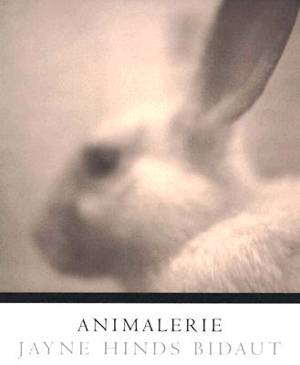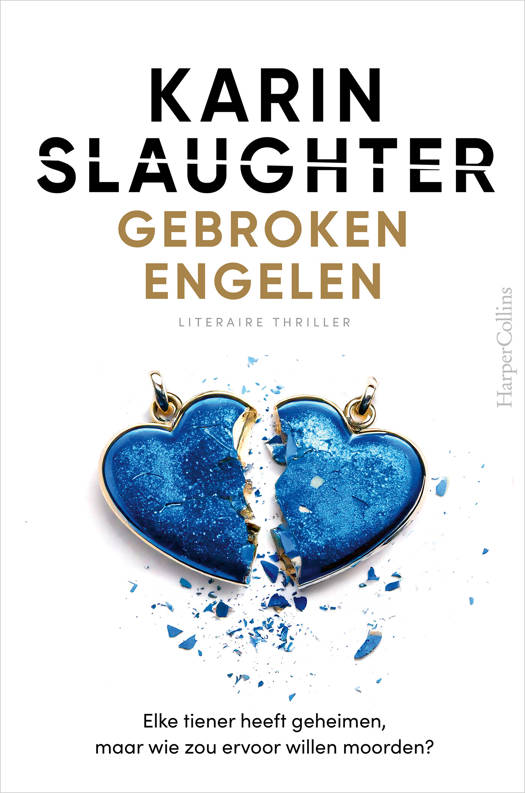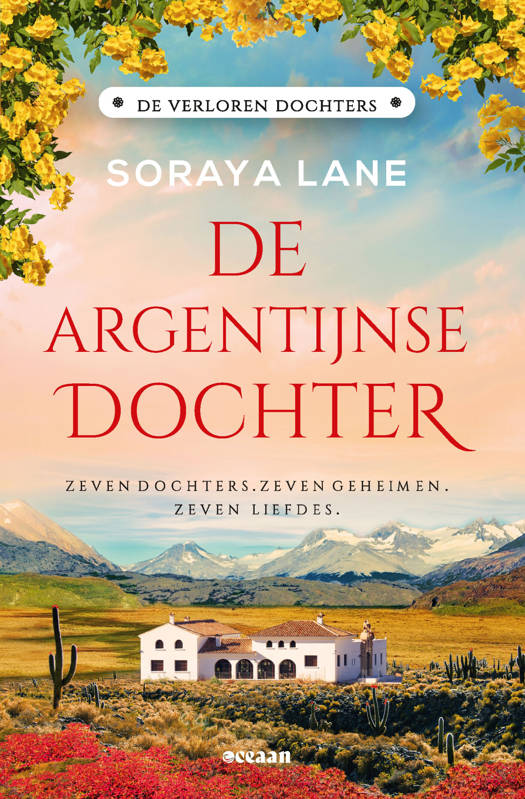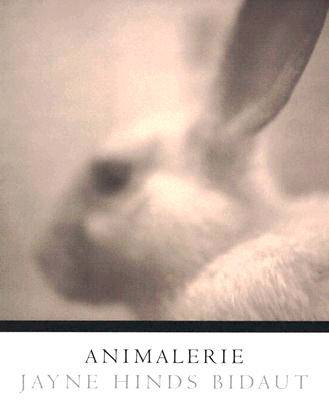
- Afhalen na 1 uur in een winkel met voorraad
- Gratis thuislevering in België vanaf € 30
- Ruim aanbod met 7 miljoen producten
- Afhalen na 1 uur in een winkel met voorraad
- Gratis thuislevering in België vanaf € 30
- Ruim aanbod met 7 miljoen producten
Zoeken
Omschrijving
"Animaleries" are French pet stores. In these seemingly unlikely settings, American photographer Jayne Hinds Bidaut found the subjects for a compelling new body of work. In her words, "I watched the horrors and dramas of [the animals], of their lives within a container." Her meditative, sometimes haunting photographs of "everybody in their prison" are at once beautiful works of art and powerful statements about the human ignorance and cruelty that causes us to treat animals as commodities. Bidaut's images of cats and dogs, lizards and snakes, birds, fish, and mice evoke in the viewer an amazing range of emotions, from wonder at the innocence of these small lives to anxiety and foreboding at their caged condition. They draw us into the unsuspected "horrors and dramas" of the familiar pet shop and, like all real art, compel us to experience the depths and ambiguities beneath the surface of everyday life. This volume presents some fifty photographs from Jayne Hinds Bidaut's "Animaleries" series. Accompanying the images is an essay by John Wood, who provides a critical appreciation of Bidaut's work. He establishes her connections to nineteenth-century photographers and naturalists, with whose work she shares affinities of both technique and subject matter. Wood describes why Bidaut chose to work in tintype and stereograph for her beautiful portraits of insects and Victorian-inspired nude studies. And he probes the nexus between art and political statement that gives the images in Animaleries both poetry and potency.
Specificaties
Betrokkenen
- Auteur(s):
- Uitgeverij:
Inhoud
- Aantal bladzijden:
- 192
- Taal:
- Engels
- Reeks:
Eigenschappen
- Productcode (EAN):
- 9780292705913
- Verschijningsdatum:
- 1/11/2004
- Uitvoering:
- Hardcover
- Formaat:
- Genaaid
- Afmetingen:
- 256 mm x 309 mm
- Gewicht:
- 1573 g

Alleen bij Standaard Boekhandel
+ 150 punten op je klantenkaart van Standaard Boekhandel
Beoordelingen
We publiceren alleen reviews die voldoen aan de voorwaarden voor reviews. Bekijk onze voorwaarden voor reviews.











